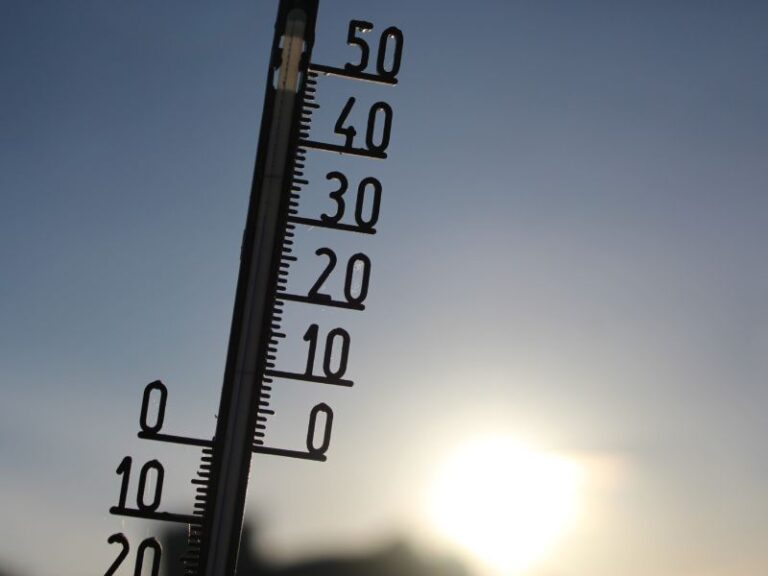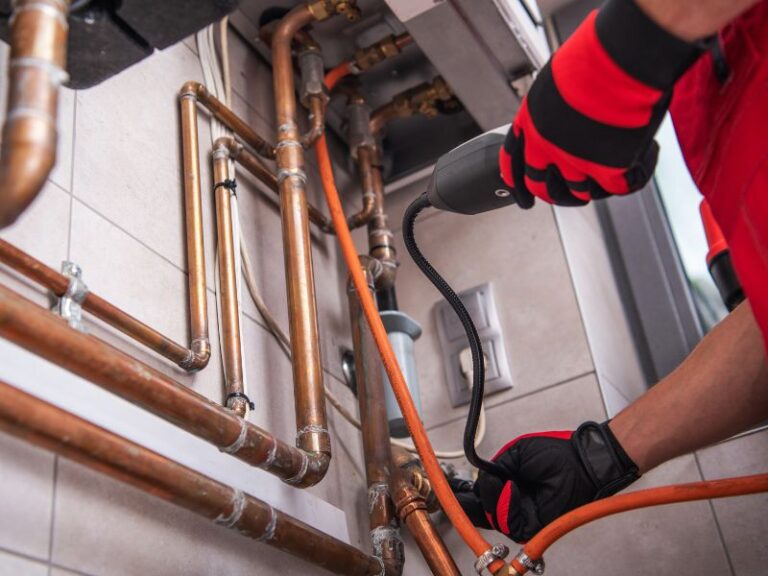As energy costs continue to rise and sustainability becomes a top priority for businesses, improving energy efficiency in commercial buildings is essential. One of the most significant contributors to energy consumption in commercial buildings is the HVAC (Heating, Ventilation, and Air Conditioning) system. These systems are responsible for maintaining a comfortable indoor environment, but when not optimized, they can lead to unnecessary energy waste and higher operational costs.
In this blog post, we’ll explore the critical role HVAC systems play in energy efficiency for commercial buildings, how they affect energy usage, and the best practices for ensuring your HVAC system is running as efficiently as possible.
Why Energy Efficiency Matters for Commercial Buildings
Commercial buildings, from offices to retail stores to industrial complexes, consume a significant amount of energy, with HVAC systems accounting for up to 50% of total energy use in many buildings. This makes HVAC systems a key area of focus for businesses looking to reduce costs and environmental impact.
The energy efficiency of a building not only impacts its operating costs but also plays a significant role in the building’s environmental footprint. Reducing energy consumption helps lower carbon emissions, contributing to environmental sustainability and meeting regulatory requirements for energy use.
For businesses, enhancing HVAC efficiency is a win-win—it saves money, reduces environmental impact, and improves building performance and occupant comfort.
How HVAC Systems Impact Energy Efficiency in Commercial Buildings
HVAC systems are essential for maintaining temperature, humidity, and air quality within commercial buildings. However, their energy use can vary dramatically depending on how well the system is sized, installed, and maintained. Here’s how HVAC systems impact energy efficiency:
1. Proper Sizing and System Design
An over-sized or under-sized HVAC system will not perform efficiently. Over-sizing leads to frequent short-cycling, where the system turns on and off too often, consuming more energy without properly conditioning the air. Under-sizing results in the system running constantly, using excessive energy and still failing to reach the desired temperature.
- Solution: Use accurate cooling load calculations to size the HVAC system properly based on the building’s size, insulation, window placement, and local climate. Tools like CoolCalc simplify this process, ensuring that the system is tailored to the building’s specific needs.
2. Efficient Temperature Control
Commercial buildings often have fluctuating occupancy and varying levels of internal heat generation from equipment, lighting, and people. HVAC systems that are unable to adapt to these changes can waste significant amounts of energy.
- Solution: Implement zoning systems that allow for temperature control in different areas of the building based on actual occupancy. Modern systems also use smart thermostats and sensors to adjust temperature automatically, reducing energy use in unoccupied areas.
3. Optimal Airflow and Distribution
Inadequate airflow and poorly designed ductwork can significantly reduce HVAC system efficiency. When air doesn’t flow smoothly through the ducts, the system must work harder to distribute conditioned air, wasting energy.
- Solution: Ensure that ducts are properly sized, insulated, and maintained. Regular inspection and cleaning of ductwork help prevent blockages, air leaks, and other issues that can reduce system performance.
4. Regular Maintenance and Upkeep
An HVAC system that is poorly maintained will operate less efficiently. Dirty air filters, leaking ducts, and malfunctioning components all contribute to higher energy consumption.
- Solution: Perform regular maintenance on the HVAC system, including cleaning filters, checking refrigerant levels, inspecting ductwork, and scheduling professional servicing to ensure everything is running at peak efficiency.
5. Energy-Efficient Equipment
Older HVAC systems often consume more energy than modern, energy-efficient units. Upgrading to high-efficiency units can significantly reduce energy consumption while still providing the same level of comfort.
- Solution: Invest in Energy Star-rated HVAC systems or units that feature advanced technologies such as variable-speed compressors and inverter-driven fans, which adjust their output based on the building’s needs.
Best Practices for Improving HVAC Energy Efficiency in Commercial Buildings
Here are several best practices that can help businesses improve the energy efficiency of their HVAC systems:
1. Use Energy-Efficient Equipment
Switch to high-efficiency air conditioning and heating units that have a higher SEER (Seasonal Energy Efficiency Ratio) for cooling and AFUE (Annual Fuel Utilization Efficiency) for heating. These units use less energy to achieve the same results as older systems, reducing energy costs.
2. Automate Temperature Control
Implement smart thermostats and building automation systems that adjust the temperature based on real-time data, such as occupancy and weather conditions. These systems help reduce energy usage during unoccupied hours.
3. Utilize Programmable Systems
Set your HVAC system to operate only when necessary. Use programmable thermostats to ensure the system is not running when the building is unoccupied, and adjust settings to optimize comfort and energy savings during peak hours.
4. Optimize Insulation and Building Envelope
A well-insulated building reduces the need for constant cooling and heating. Proper insulation in walls, windows, and roofs minimizes heat gain during hot months and heat loss during cold months.
5. Invest in Renewable Energy
Integrating solar panels or geothermal systems with your HVAC system can help reduce the reliance on traditional energy sources. These sustainable solutions can power the HVAC system, reducing the building’s carbon footprint.
How CoolCalc Can Help You Improve HVAC Energy Efficiency
One of the most effective ways to improve HVAC energy efficiency is to ensure that your system is properly sized. CoolCalc makes the sizing process quick and accurate by providing reliable cooling load calculations based on local climate data and building specifics. Here’s how CoolCalc can help:
- Localized Climate Data: CoolCalc integrates data for all 36 Nigerian states, ensuring that HVAC systems are sized accurately based on the local climate.
- Efficiency-Focused Calculations: With CoolCalc, you can size your system to meet energy efficiency standards, avoiding over-sizing and under-sizing.
- User-Friendly Interface: Whether you’re an HVAC professional or a business owner, CoolCalc makes the calculation process simple and fast, saving you time and money.
Conclusion
HVAC systems play a crucial role in the energy efficiency of commercial buildings. By ensuring that your HVAC system is properly sized, well-maintained, and energy-efficient, you can save money on energy bills, improve comfort, and contribute to sustainability goals. Implementing best practices for HVAC performance, including accurate cooling load calculations and regular system maintenance, is essential for achieving these goals.
With tools like CoolCalc, businesses can optimize their HVAC systems, ensuring efficient energy use and long-term savings. By taking the necessary steps to improve HVAC energy efficiency, commercial buildings can enjoy reduced energy consumption, lower operating costs, and a more comfortable indoor environment.




